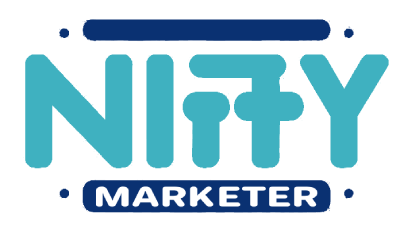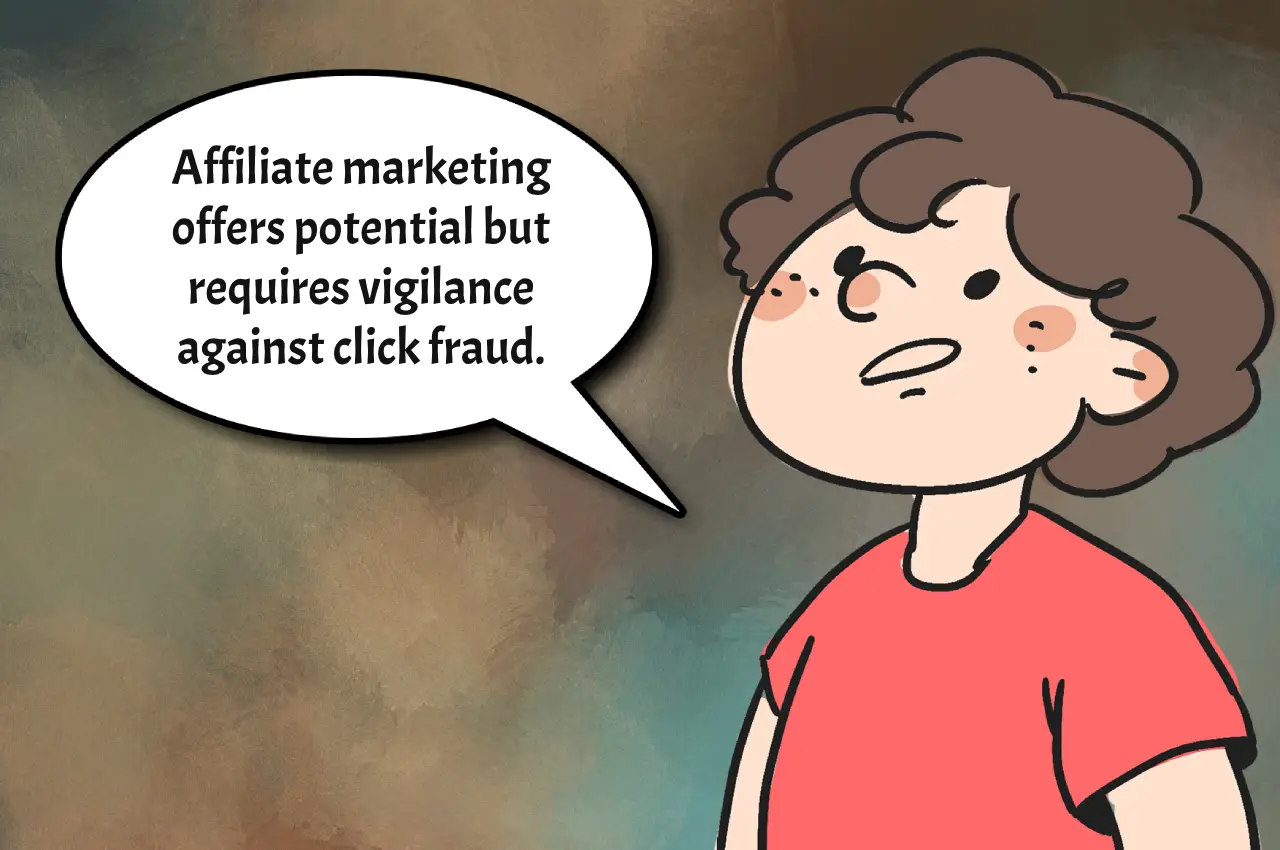In the startup world, the phrase ‘do more with less’ isn’t just advice; it’s a mantra. This post is for those who dream big but have a wallet that doesn’t quite match yet. We’re diving into the world of growth hacking for startups – a field where creativity meets strategy, driving substantial results without breaking the bank.
Understanding Growth Hacking
Growth hacking for startups isn’t about costly marketing campaigns. It’s about smart, scalable, and sustainable growth. Think of it as a toolbox filled with strategies designed for startups keen on rapid expansion while keeping an eye on their finances.
1. Leverage Social Media Wisely
Social media is a goldmine for startups. But it’s not just about posting regularly; it’s about engaging. A startup that mastered this is Dropbox. They used simple referral programs, rewarding users with extra storage for social shares. This tactic boosted their sign-up rate by 60%!
2. Content Marketing: Quality Over Quantity
Your blog is not just a blog; it’s a platform. Buffer, a social media tool, understood this early. They focused on writing in-depth, valuable content that their audience craved. This approach helped them grow their customer base massively without spending heavily on advertising.
3. Email Marketing: The Underestimated Gem
Emails can be powerful if used right. Airbnb’s strategy is a classic example. They sent personalized, compelling emails to Craigslist users, offering them an easy way to rent their spaces. This simple, direct approach brought a significant user base to Airbnb.
4. SEO: The Long Game
SEO might seem daunting, but it’s a game-changer. Consider Canva, the design tool. By optimizing their website for high-traffic keywords and consistently creating quality content, they drew immense organic traffic, skyrocketing their growth.
5. Partnerships and Collaborations
Partner with other businesses. It’s a win-win. An example is the collaboration between Spotify and Uber, where users could play their Spotify playlists during rides. This partnership boosted visibility and user engagement for both companies.
6. Utilize Data and Feedback
Data is your compass. Use it to understand your audience better. Slack’s rise is a testament to this. They continuously refined their product based on user feedback, leading to a tool that precisely met their customer’s needs.
7. Influencer Marketing: More Than Just Celebrities
Influencer marketing doesn’t always mean big names. Micro-influencers can be highly effective. Glossier, a beauty brand, grew exponentially by collaborating with everyday users who had modest followings but high engagement rates.
8. Referral Programs: The Power of Word-of-Mouth
Never underestimate word-of-mouth. Dropbox again shines here with their referral program, which incentivized users to invite friends in exchange for additional storage. This simple tactic led to a massive increase in user base.
9. Build a Community
Communities can be a strong growth lever. Peloton did this by creating an engaged community around fitness and wellness. Their approach fostered brand loyalty and a strong customer base.
10. Experiment and Iterate
Finally, experiment. Growth hacking for startups is about testing, learning, and adapting. Not every strategy will work for every startup, but the willingness to try and fail is crucial.
Growth Hacking – A Mindset, Not Just Tactics
Remember, growth hacking is more than just a set of tactics; it’s a mindset. It’s about being resourceful, agile, and customer-focused. It’s about finding the sweet spot where creativity meets strategy, and where small actions lead to big results.
Now, I want to hear from you. Have you tried any of these strategies? What worked and what didn’t? Share your stories in the comments. Let’s learn from each other and keep growing!





